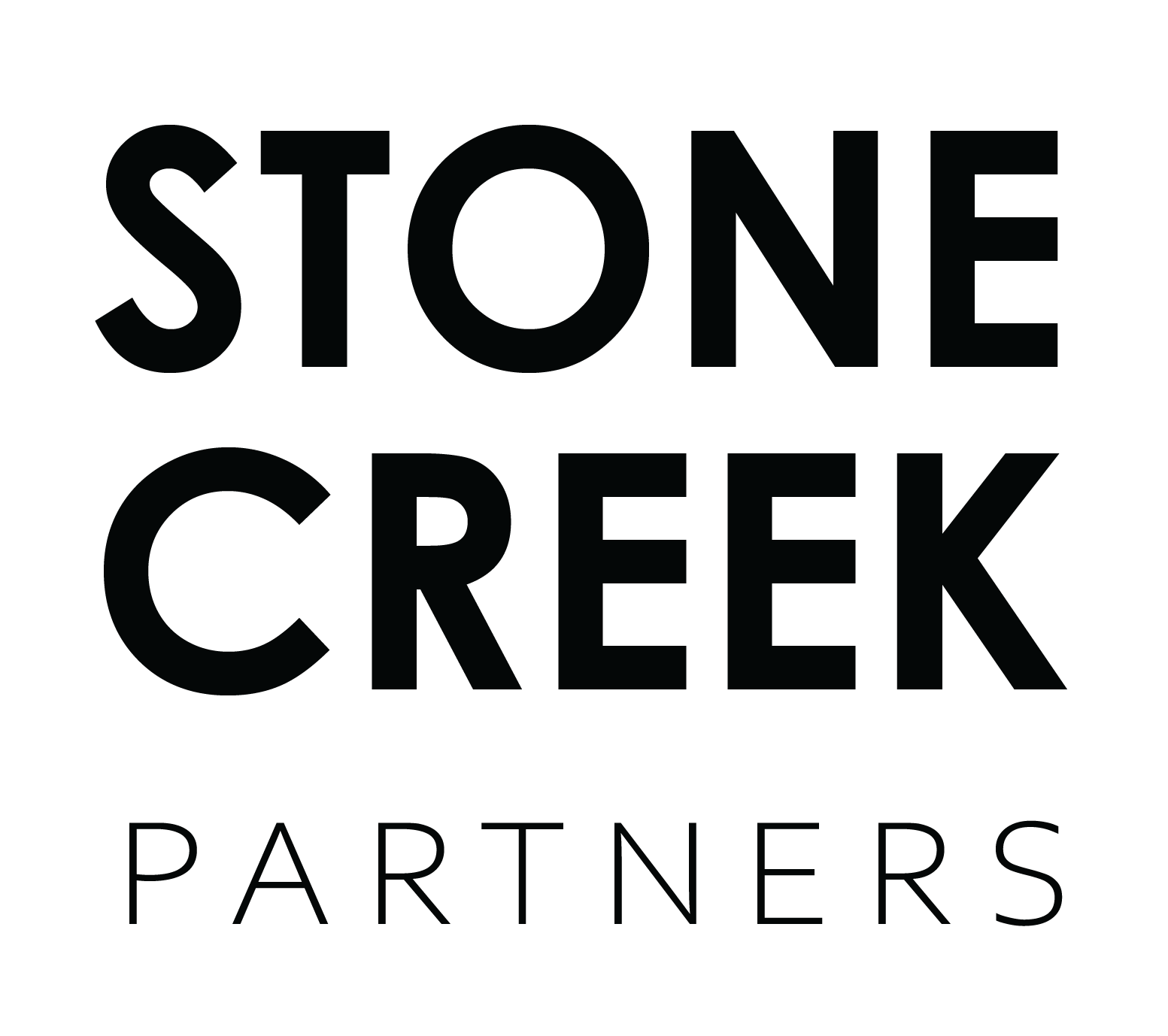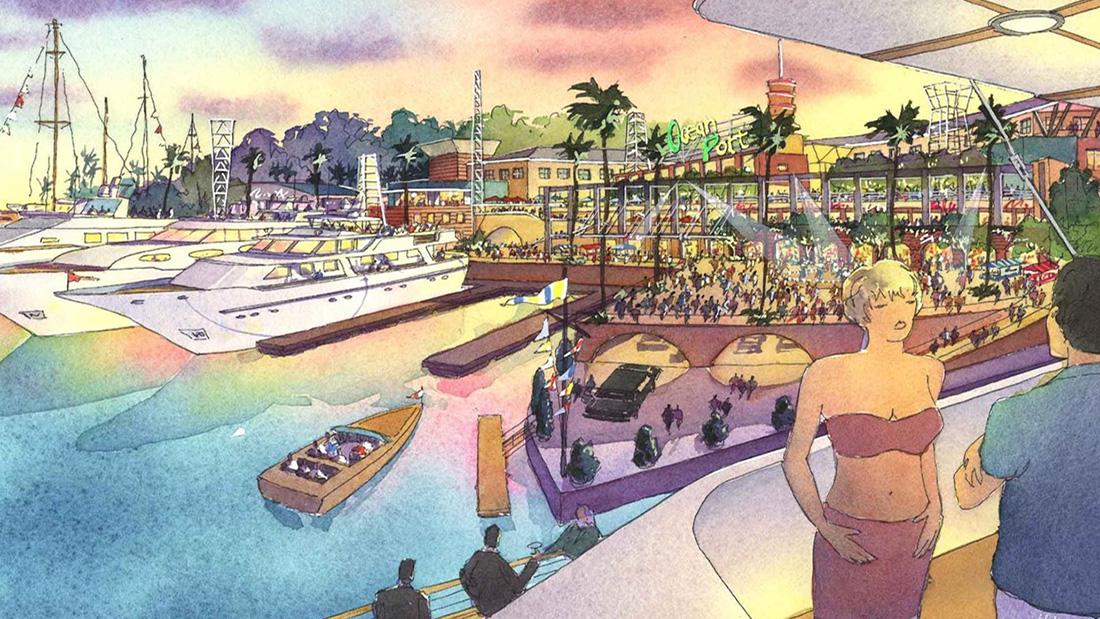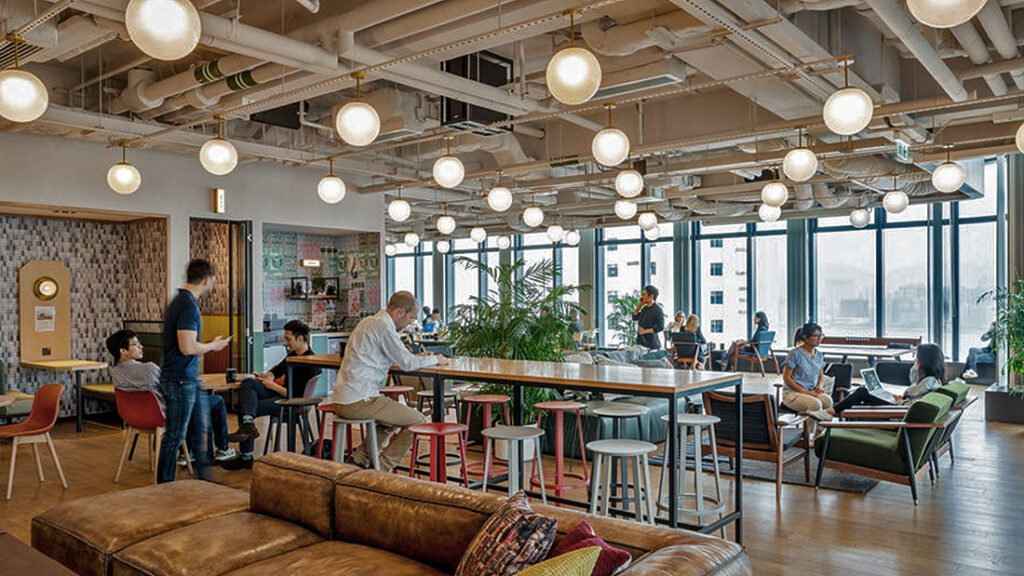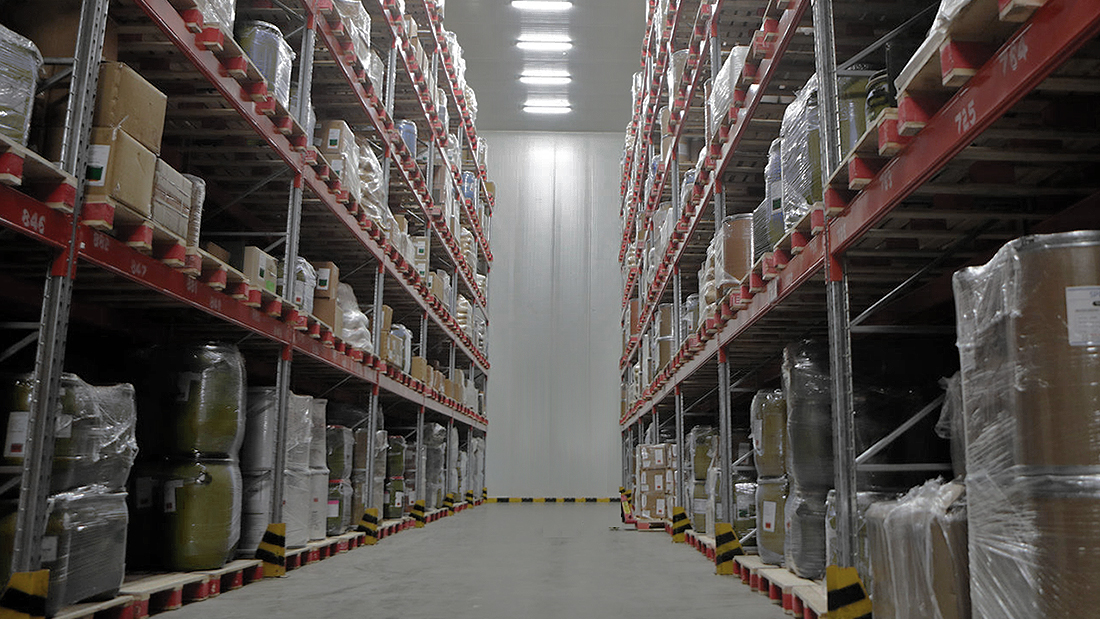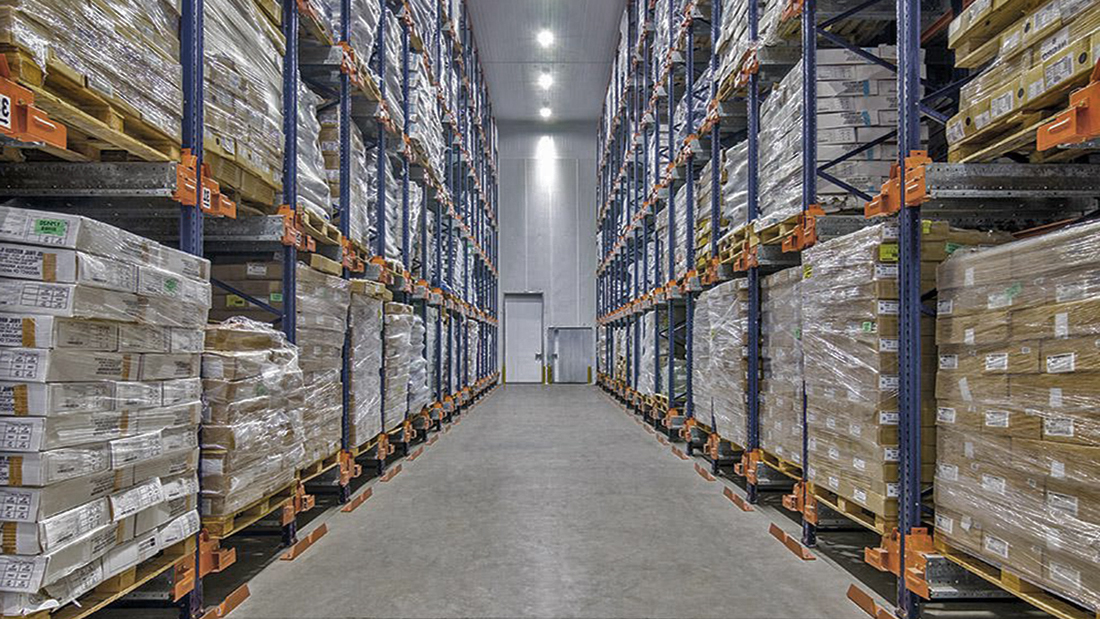Comparing the Pfizer and Moderna Vaccines
We found this interesting, an article comparing the Pfizer-BioNTech and Moderna vaccines by Mike Terry writing for BioSpace, the life sciences digital hub. All of us are of course keen to know what may be coming with these Covid-19 vaccines. The economic recovery and economic development we all hope for, depends upon the actual and perceived protections and treatments that are coming.
The best early news is the so-called “efficacy rate” … both vaccines are reporting 90%+ efficacy rates. the CDC states that “vaccine efficacy/effectiveness (“VE”) is measured by calculating the risk of disease among vaccinated and unvaccinated persons and determining the percentage reduction in risk of disease among vaccinated persons relative to unvaccinated persons.
One big similarity in comparing the Pfizer and Moderna vaccines is that each use new messenger RNA technology. RNA therapies that use mRNAs have been in the works prior to the Covid-19 outbreak, for possible use in personalized cancer vaccines and as vaccines for infectious diseases such as Zika virus. However, as Mike Terry notes in his article, to-date, no therapeutic or vaccine using mRNA has been approved for use by the U.S. Food and Drug Administration (FDA).
to-date, no therapeutic or vaccine using mRNA has been approved for use by the U.S. Food and Drug Administration (FDA).
Both of these vaccine candidates require two doses about 28 days apart. The Pfizer-BioNTech requires specialized refrigeration although the drug researcher and manufacturer Pfizer has designed its own packaging using dry ice that can be stored for weeks without the specialized freezers.
Pfizer and BioNTech have no development funding from the U.S. government, but do have a $1.95 billion agreement with the government to supply 100 million doses of the vaccine, with an option for another 500 million. The Moderna vaccine trials were developed with financial and logistical support from the U.S. National institute of Allergy and Infectious Diseases (NIAID) and Operation Warp Speed, and could receive up to $2.45 billion in federal government funding. And Moderna has a $1.5 billion deal to supply 100 million doses to the U.S. government.
The rapid progress from virus detection, sequencing information availability, and these vaccines being in their current state of testing, is a testament to the role of the burgeoning life sciences research and development industry in today’s connected global community.
The full article at BioSpace comparing the Pfizer and Moderna vaccines can be reviewed here:
Pfizer-BioNTech and Moderna’s Vaccines Are Leading the COVID-19 Race. How Do They Compare?
